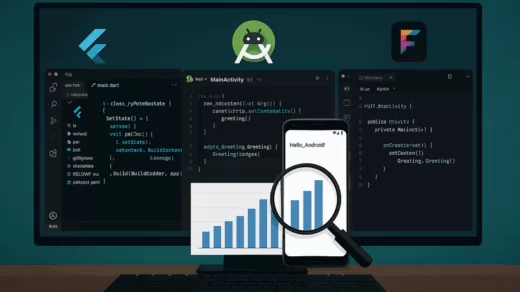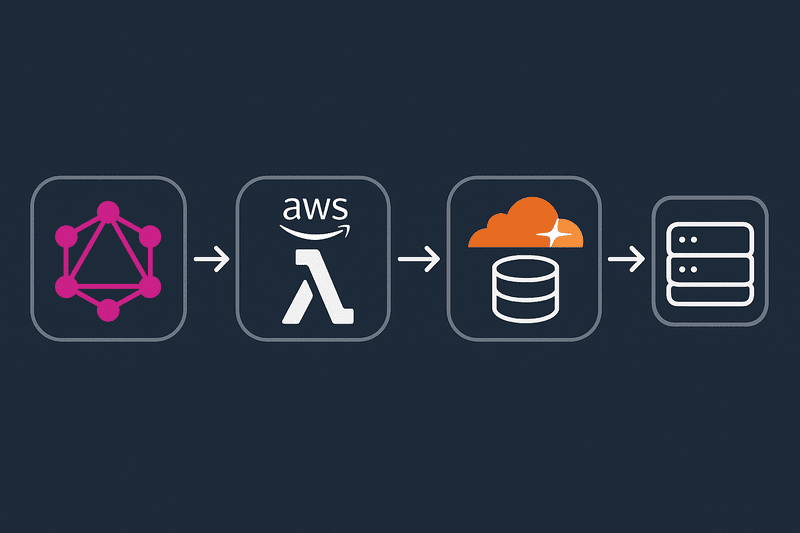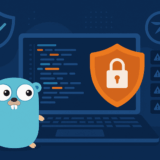Secure Coding in Go: OWASP Top 10 Exploits and Fixes
The Go programming language, also known as Golang, is celebrated for its simplicity, speed, and concurrency. However, like any modern language, Go is not immune to security vulnerabilities. Understanding the OWASP Top 10—the most critical security risks to web applications—and how they manifest in Go applications is key to building secure software.
This article walks you through practical, real-world examples of how OWASP Top 10 vulnerabilities can arise in Go, and offers strategies and code fixes to defend against them.
1. Broken Access Control
Issue: Insecure or missing authorization logic can expose sensitive endpoints.
Example:
func getAdminData(w http.ResponseWriter, r *http.Request) {
// No check for admin role
data := fetchAdminOnlyData()
json.NewEncoder(w).Encode(data)
}Fix: Add role-based access checks:
if !isUserAdmin(r.Context()) {
http.Error(w, "Forbidden", http.StatusForbidden)
return
}2. Cryptographic Failures
Issue: Using outdated or insecure cryptographic algorithms.
Example:
import "crypto/md5"
h := md5.New()Fix: Use modern, secure hashing like SHA-256:
import "crypto/sha256"
h := sha256.New()3. Injection (SQL, Command, etc.)
Issue: Unsanitized input in SQL queries or OS commands.
Example (SQL):
query := fmt.Sprintf("SELECT * FROM users WHERE email='%s'", userInput)Fix: Use parameterized queries:
stmt := db.QueryRow("SELECT * FROM users WHERE email = ?", userInput)4. Insecure Design
Issue: Lack of security from the design stage—like exposing internal APIs externally.
Fix: Implement threat modeling, use principles like least privilege, and segregate public/private services.
5. Security Misconfiguration
Example: Leaving debugging enabled in production.
http.ListenAndServe(":8080", http.DefaultServeMux) // no TLSFix: Enforce TLS and remove debug handlers:
http.ListenAndServeTLS(":443", "cert.pem", "key.pem", mux)6. Vulnerable and Outdated Components
Fix:
- Use
go list -m -u allto identify outdated modules. - Automate dependency audits using tools like GoSec or [Dependabot].
7. Identification and Authentication Failures
Example: Using JWTs without expiration:
{
"alg": "HS256",
"typ": "JWT",
"exp": null
}Fix:
- Always set expiration (
exp) in JWTs. - Validate tokens with robust libraries like
github.com/golang-jwt/jwt/v5
8. Software and Data Integrity Failures
Example: Dynamic plugin loading without verification.
plugin.Open("./modules/user_plugin.so")Fix: Validate checksums or sign plugins before loading.
9. Security Logging and Monitoring Failures
Fix:
- Use structured logging (e.g.,
logrus,zap) - Send logs to secure, centralized stores
- Monitor anomalies in auth, traffic volume, or API usage
10. Server-Side Request Forgery (SSRF)
Example:
url := r.URL.Query().Get("target")
resp, _ := http.Get(url)Fix: Whitelist domains/IPs or validate URLs:
if !isAllowedDomain(url) {
http.Error(w, "Invalid target", http.StatusBadRequest)
return
}Final Thoughts
Security is not a one-time task but an ongoing process. By understanding the OWASP Top 10 vulnerabilities in the context of Go, you can prevent common mistakes and build resilient applications. Combine this knowledge with secure design patterns, automated auditing tools, and continuous training to stay ahead of evolving threats.
Stay tuned with Hitech Trends for more tutorials that blend performance with best security practices.




















